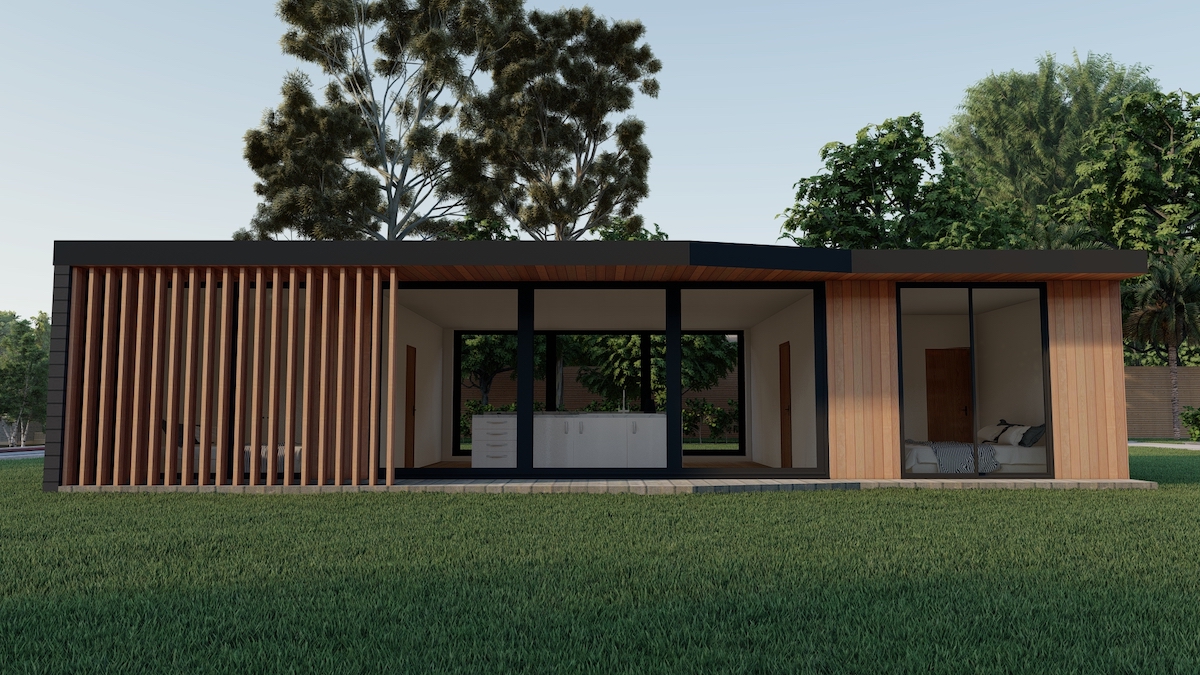Online gaming has emerged as one of the most transformative phenomena in the landscape of modern entertainment. Over the past few decades, it has evolved from simple, pixelated games into expansive virtual worlds that connect millions of players across the globe. This shift has not only changed how people engage with video games but has also redefined social interaction, community building, and competition in the digital age. The allure of online gaming is multifaceted, blending technology, creativity, and human connection in ways never imagined before.
At its core, online gaming offers players an opportunity to transcend physical boundaries. Unlike traditional video games, which were often limited to single-player experiences or local multiplayer, online games allow individuals to join vast networks of players regardless of their geographic location. This global connectivity fosters unique social interactions, enabling people to communicate, cooperate, and compete with others from diverse cultures and backgrounds. The friendships formed in these digital realms often extend beyond the games themselves, sometimes blossoming into real-world relationships and collaborative ventures.
The rapid advancement of technology has been crucial in propelling online gaming to its current status. The development of faster internet speeds, more situs slot gacor powerful gaming consoles, and mobile devices has made online gaming accessible to a wider audience. Developers continuously innovate, delivering games with breathtaking graphics, complex storylines, and dynamic gameplay that captivate players. This evolution in technology ensures that online gaming is not only more immersive but also more inclusive, appealing to both casual players looking for light entertainment and dedicated gamers seeking competitive challenges.
Competitive gaming, or esports, has become one of the most exciting aspects of online gaming. Esports tournaments now draw millions of spectators worldwide, with professional players and teams competing at the highest levels. This competitive scene requires intense dedication, quick reflexes, strategic thinking, and teamwork, elevating gaming to the level of professional sports. The rise of esports has helped shift societal perceptions of gaming from a solitary or juvenile activity to a respected and lucrative career path for many.
Beyond competition, online gaming fosters creativity and self-expression. Many games offer players the ability to customize avatars, build virtual worlds, and even create user-generated content. This creative freedom allows gamers to personalize their experiences and contribute to the evolving narratives within these digital spaces. Communities form around shared interests and collaborative projects, enriching the overall culture of online gaming and encouraging innovation.
Despite its many benefits, online gaming faces challenges such as toxic behavior, cheating, and concerns over excessive screen time. These issues have sparked discussions about responsible gaming and the need for better moderation and support systems. Developers and communities are increasingly focusing on creating safer, more inclusive environments where players can enjoy gaming without fear of harassment or unfair play.
In summary, online gaming represents a profound shift in entertainment and social interaction, blending technology with human connection in unprecedented ways. It provides a dynamic platform where players can compete, cooperate, create, and connect, transcending traditional barriers. As technology continues to advance and the global gaming community expands, online gaming will remain a pivotal part of the digital era, shaping how people around the world experience fun, friendship, and competition.…















